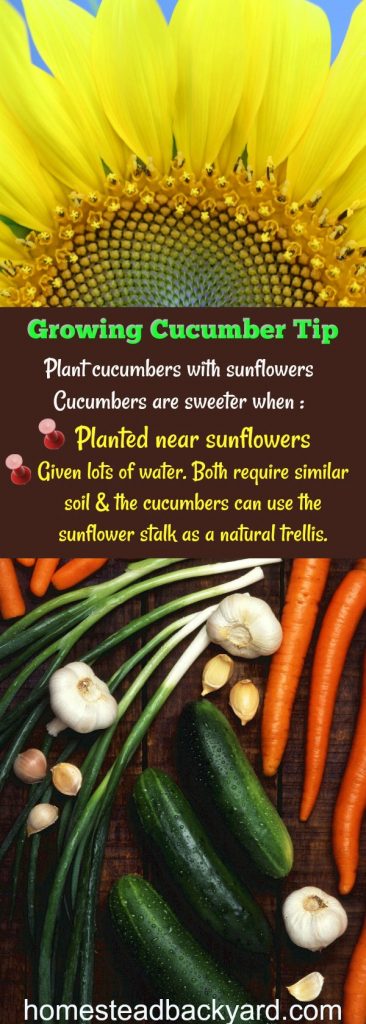Nothing compares to the texture and flavour of home-grown garden produce, and tending a garden or a plot of land is an exciting healthy and rewarding occupation.
Beginning your very first garden is a memorable experience, however, there’s a lot of planning required before you can press ahead to the planting stage. As with any new hobby, once you’ve mastered the rules and techniques you’ll reap the rewards of your hard work and enjoy the fruits of your labours.
Your first vegetable garden
Gardens come in all shapes and sizes and you don’t need acres of land in order to pursue your gardening hobby. Alternative methods are growing in containers which are easy to manoeuvre, however much depends on what you intend to plant and the location. There are three critical elements required in order to grow excellent vegetables.
Sunshine : A key ingredient for all plants, so it’s vital to choose a spot that gets a minimum of six hours per day.Water :This is another essential and most gardens have a water source, either a hose pipe, a water butt or water tank.
Good soil : There are various soil types and if you have hard clay or a sandy mix, this can be improved on as you’ll read below.
Let’s learn about sun and shade
Sunlight is a critical element of the photosynthesis of all plant life and structure. All growing vegetation on the planet, including shade-loving varieties is fully reliant on natural light. When designing your first garden you will need to study where the sun rises and where the sunniest spots are. You then need to research the suggested plants for the correct areas as some will thrive in full sun but others need partial shade in which to flourish.
It’s very important to plan your garden or plot carefully, and this can be done easily. Check where the sun rises in the east which is always a special time of day, and therefore, the opposite side, or the western side of your plot will always be the hottest area of your garden. In knowing this, you can plan accordingly on where to plant your sun-loving plants.
A compass can help you map out each area if you’re unsure, but having established where your garden or plot lies, you can then progress to the next steps. If you are north facing, this is generally the coolest or shadiest of your garden. However, there are degrees of natural shade, ranging from dappled, partial, and deep shade. But there is also a term known as ‘warm shade,’ and therefore, a hot climate would call for ‘warm shade’ planting to ensure successful growth. It’s essential to understand the light elements of your new garden, which will in turn provide you with a place of beauty.









